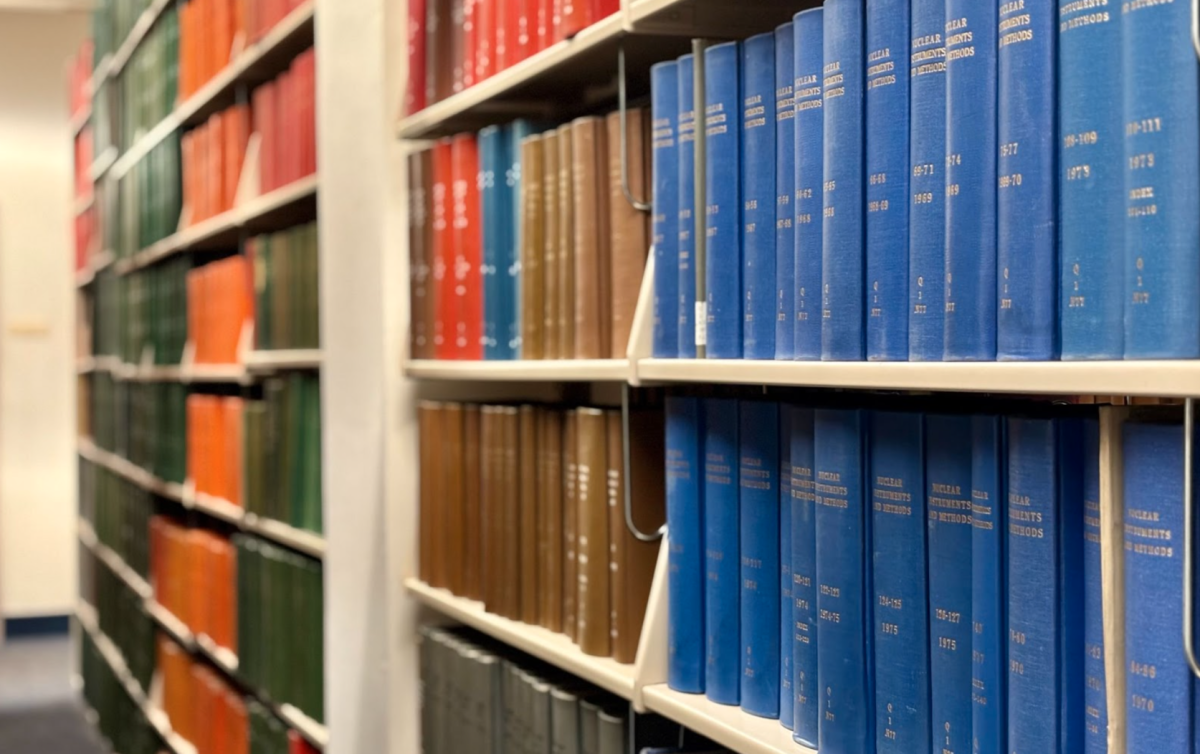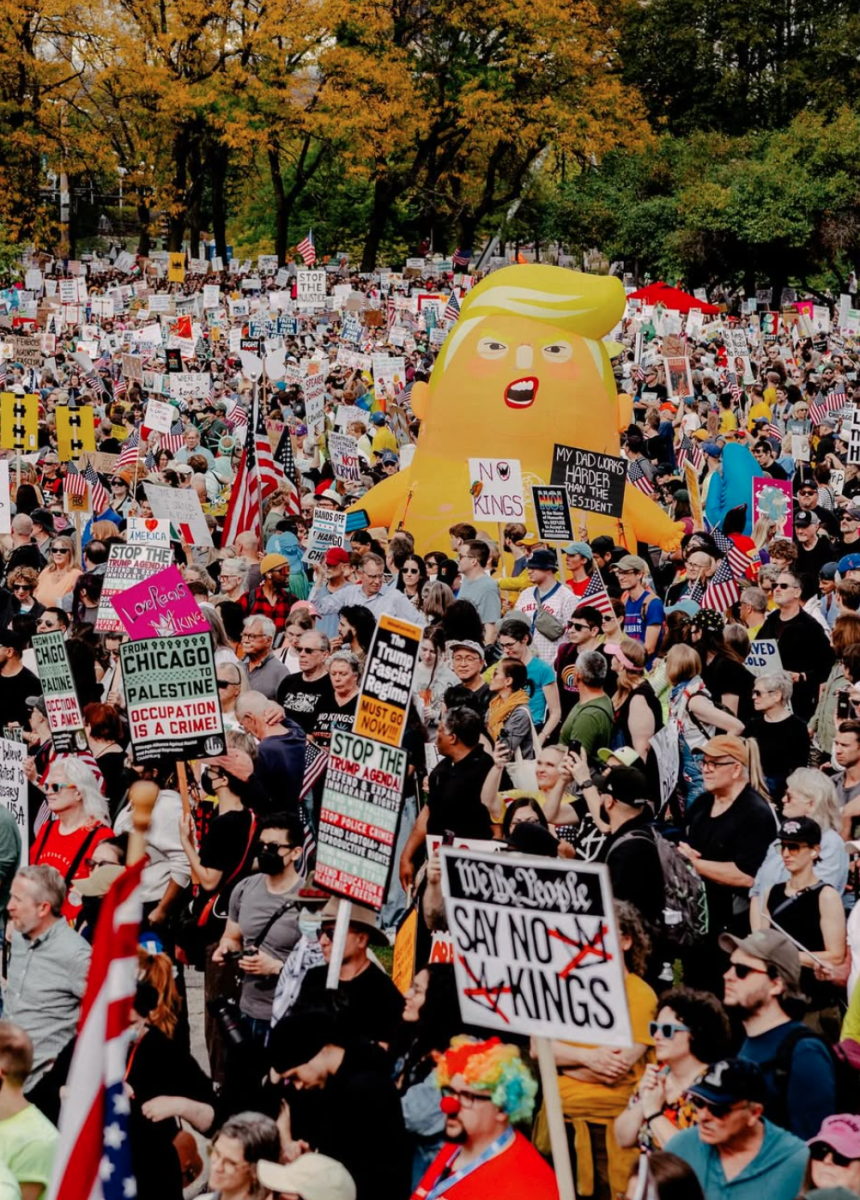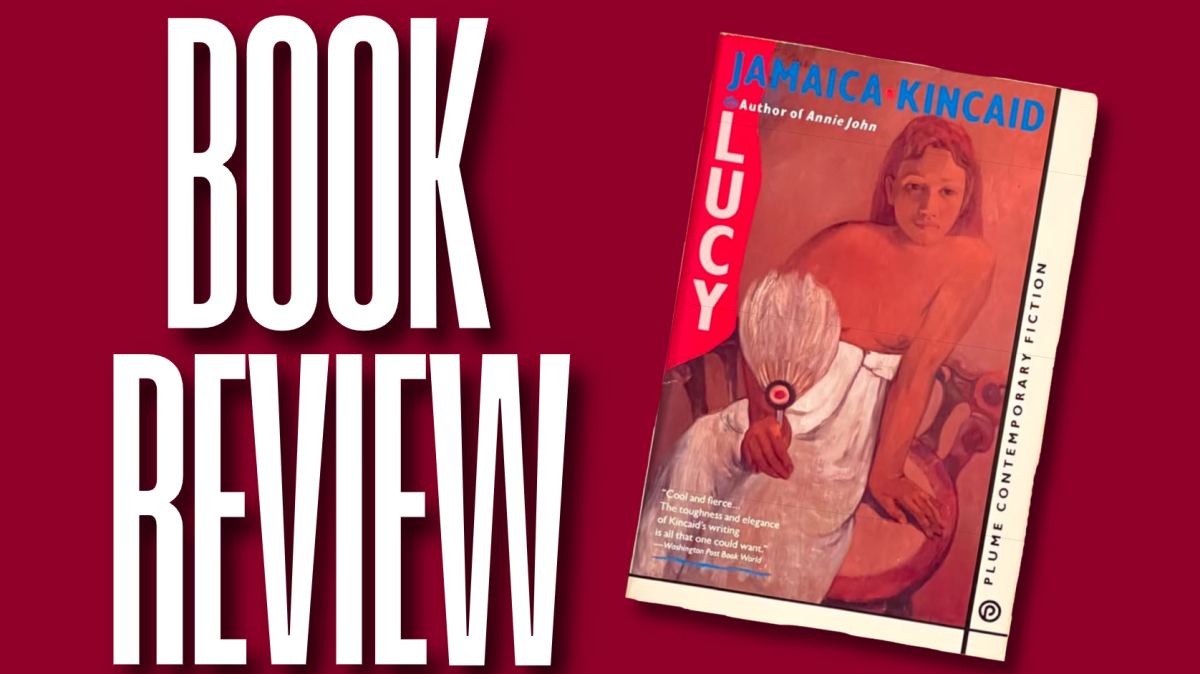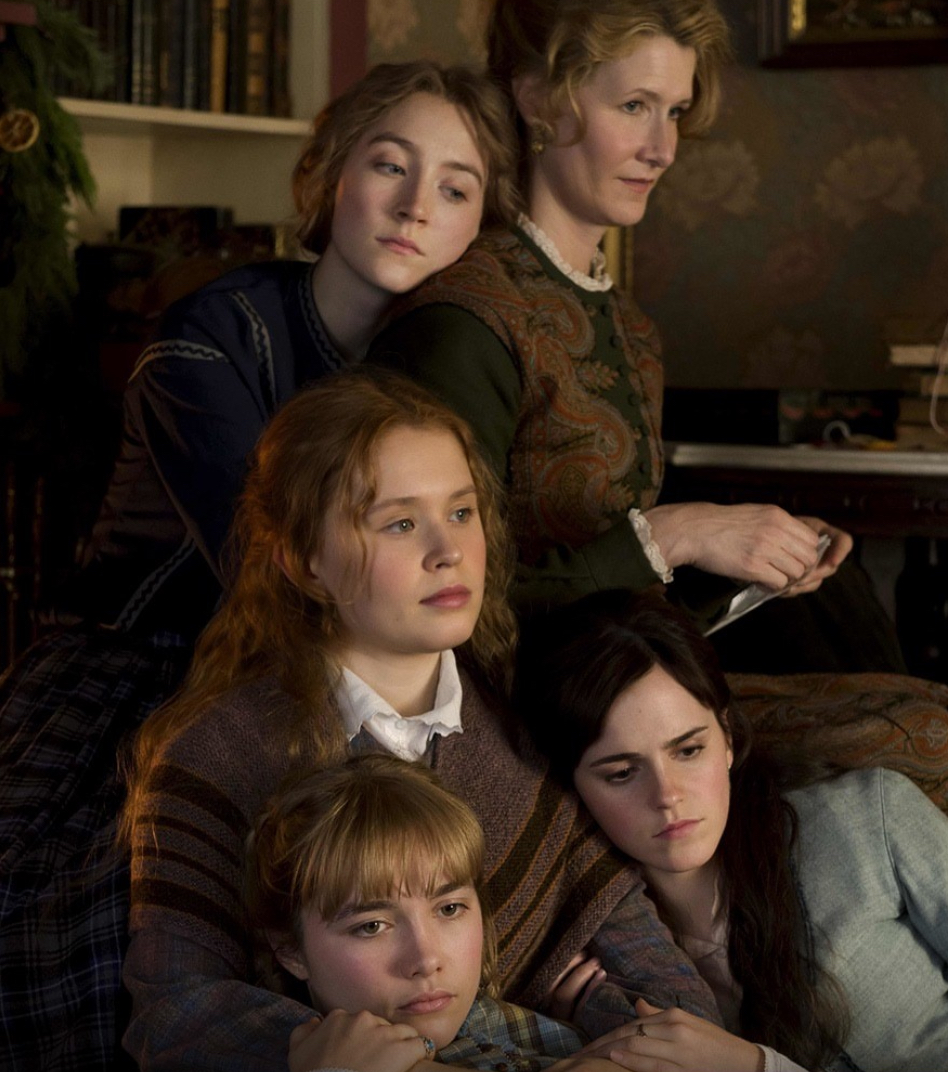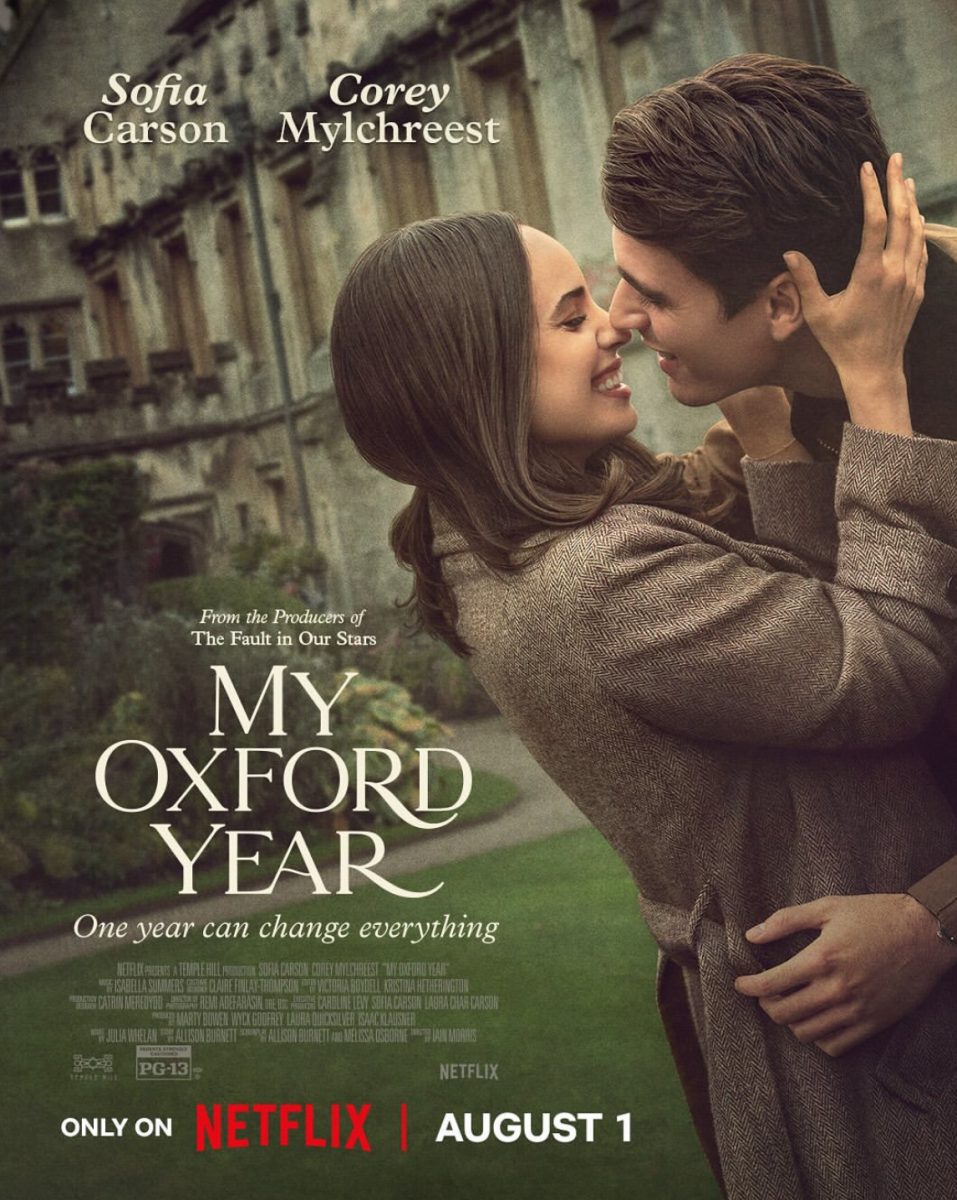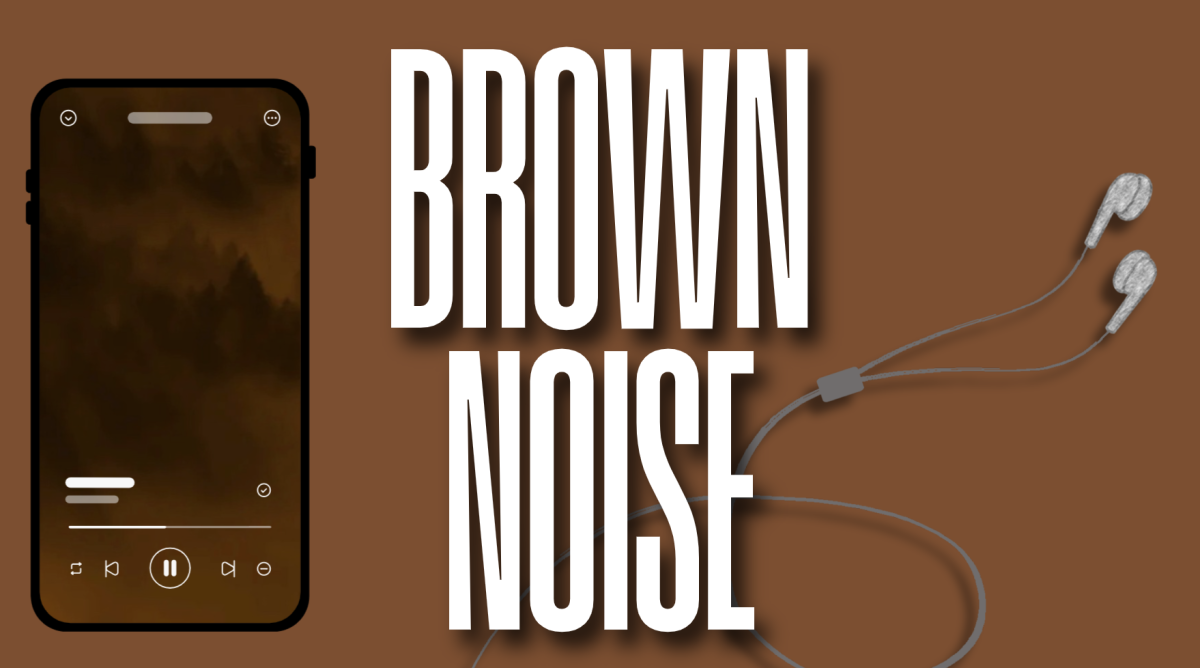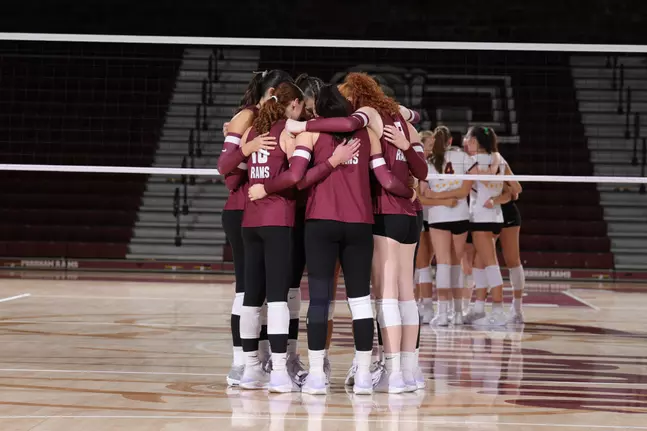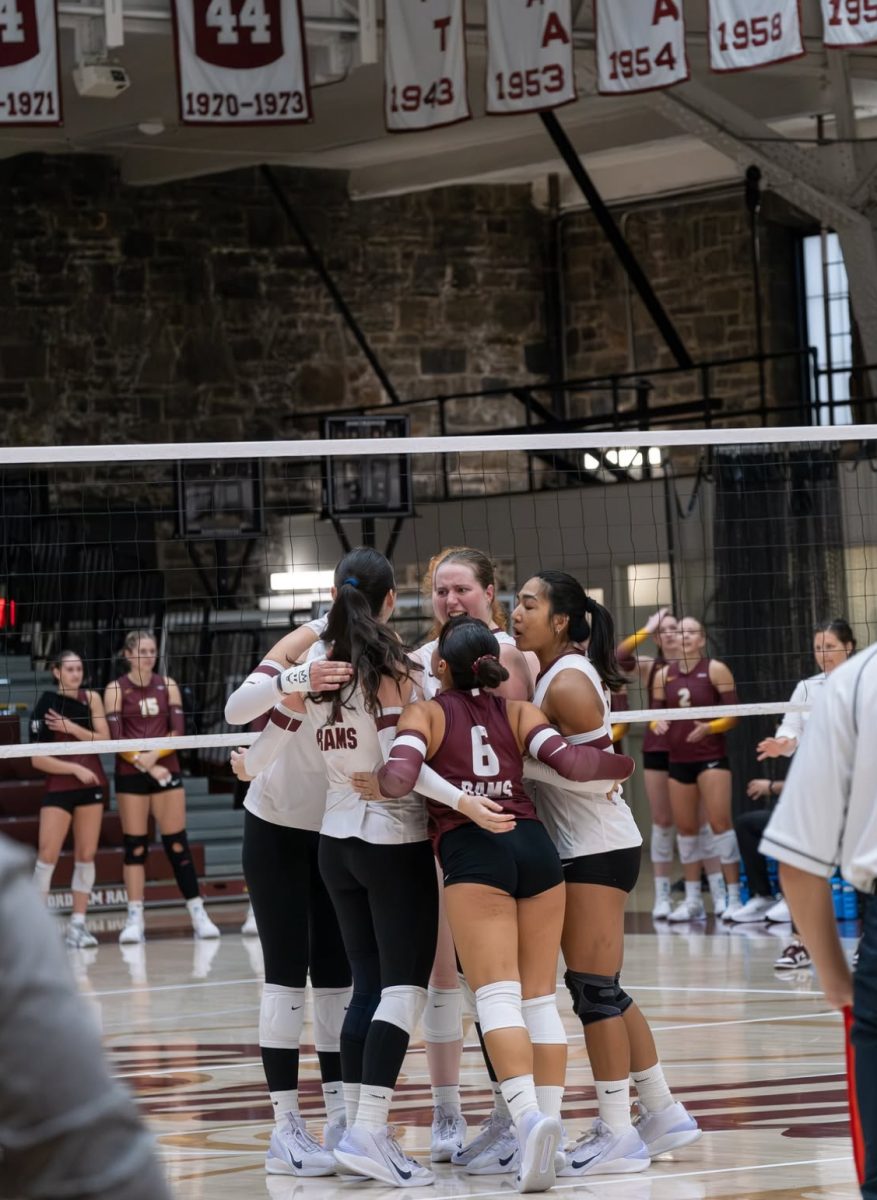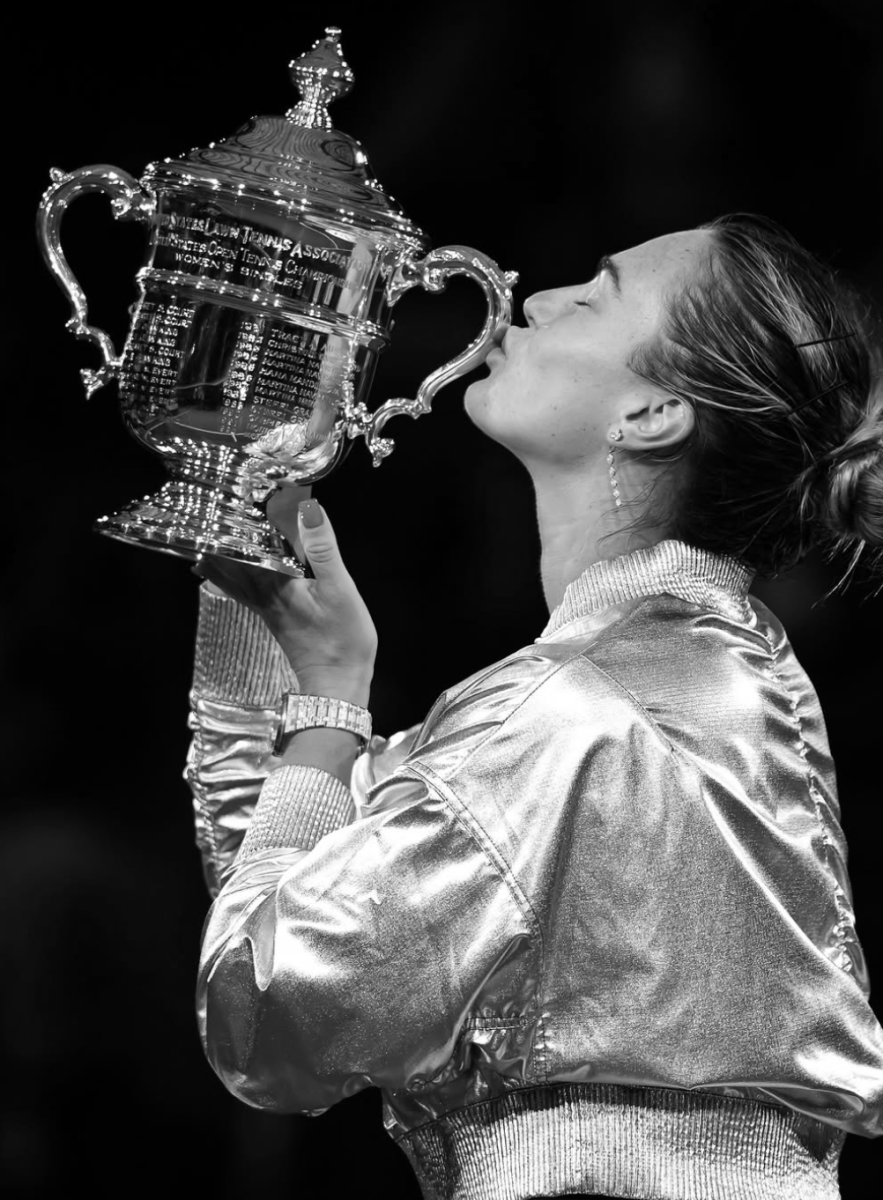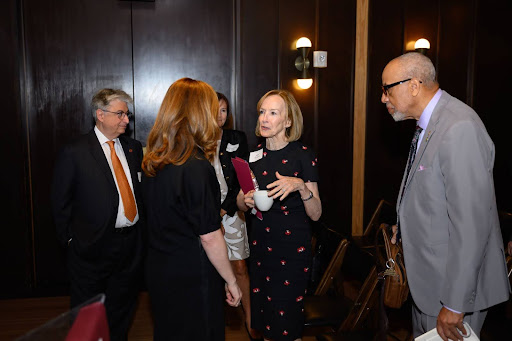The American Politics Forum in Fordham University’s political science department hosted a talk by Alan Abramowitz from Emory University on his Time for Change election forecast model and the difficulties of accurately predicting the results of U.S. presidential elections on Oct. 11.
Early on in his talk, Abramowitz made it clear that any election forecast model can only predict the results with limited certainty. “There’s absolutely no way you can know with a high degree of confidence what’s going to happen,” Abramowitz said. He discussed how different models and methods operate and their strengths and weaknesses.
Abramowitz covered public opinion polling, pundit forecasting and statistical forecasting models. All three methods rely upon polls, or self-reported information from respondents about how they have voted or how they think they will vote, which Abramowitz stressed can be inaccurate for a variety of reasons. He pointed out how election forecasting and polling have both gotten more difficult in recent elections. He partially attributed this to the difficulty of accurately polling certain voting demographics who are less likely to respond to polls, such as rural voters, voters without a college degree and supporters of former President Donald J. Trump.
However, smaller inaccuracies in polling are usually not as impactful when the winning candidate wins the popular vote by a large margin. Only in recent elections, in 2000 and again in 2016, has the winner of the popular vote failed to win 270 Electoral College votes, an event Abramowitz referred to as an Electoral College “misfire.” When the election comes down to a number of swing states with razor-thin margins of victory, as will likely happen in the 2024 presidential election, it is more difficult to reliably predict the result.
Abramowitz went on to describe his election forecasting model, the Time for Change model, and how it is different from other election forecasting models. Professor Abramowitz’s model is a static model, meaning he makes a single prediction of the result of the election at one point in time, as opposed to dynamic models that frequently update their predictions as election-related data changes over time. Abramowitz said he used a static model because the accuracy of these models usually does not increase past a certain point, usually three to four months before the election. Abramowitz’s Time For Change model takes into account three reliable pieces of data: the estimated growth rate of real gross domestic product in the second quarter of the election year, the approval rating of the incumbent president in June of the election year and the length of time the incumbent’s political party has controlled the White House.
Abramowitz said he chose to include the length of time the incumbent’s political party has controlled the White House as his Time For Change variable because, in recent years, American voters have shown a preference for candidates that represent a change from the incumbent. When the incumbent’s political party has only controlled the White House for four years, they have won seven times and lost twice. When the incumbent’s political party has controlled the White House for eight years, they have won four times and lost six times. Abramowitz also said that he incorporated economic data from the summer rather than waiting until closer to the election because it can take time for economic trends to be felt by average consumers. Abramowitz went on to share that his model predicts Vice President Kamala Harris will win 284 Electoral College votes and a margin of 2.8% in the popular vote. His model predicts she has a 76% chance to win the national popular vote and a 58% chance to win the Electoral College, slightly edging out Trump.
Abramowitz emphasized that election forecasting is an imperfect science, particularly in this election. While he predicts Harris will win the national popular vote by a decent margin, he predicts an 18% chance of an Electoral College misfire. The Electoral College has a known Republican bias, as it gives more weight to voters in sparsely populated Republican states and less weight to voters in densely populated Democratic states. The chance of an Electoral College misfire has been, in U.S. history, relatively low. Before 2000, the last misfire was in 1888. However, it has become a national issue as our country becomes more politically polarized and the chance of a misfire increases. When asked what he hoped people would take away from his model, Abramowitz explained “how intractable the problem is of trying to forecast the outcomes of these recent elections because of the closeness of the elections, the Electoral College and the Electoral College bias we’ve had favoring Republicans.” He described the Electoral College as a problem because “it undercuts the legitimacy of the system” and is “a fundamentally undemocratic institution.”
“I enjoy giving these sorts of presentations [and] meeting with groups of students and academics. It gives me a good perspective of what’s going on in other places,” Abramowitz said.
Professor Jacob Smith, who organized the American Politics Forum at Fordham this year, explained what the political science department hopes to provide students with these events. “We thought that Professor Abramowitz’s Time for Change model would be of interest to students and the broader Fordham community… We want to make sure to engage students in the process leading up to this year’s election,” Smith said. For those who want to know more, the American Politics Forum will also have a lunchtime event in the McShane Student Center, Room 259, at noon on Oct. 31 where students can come and ask questions about the election.






